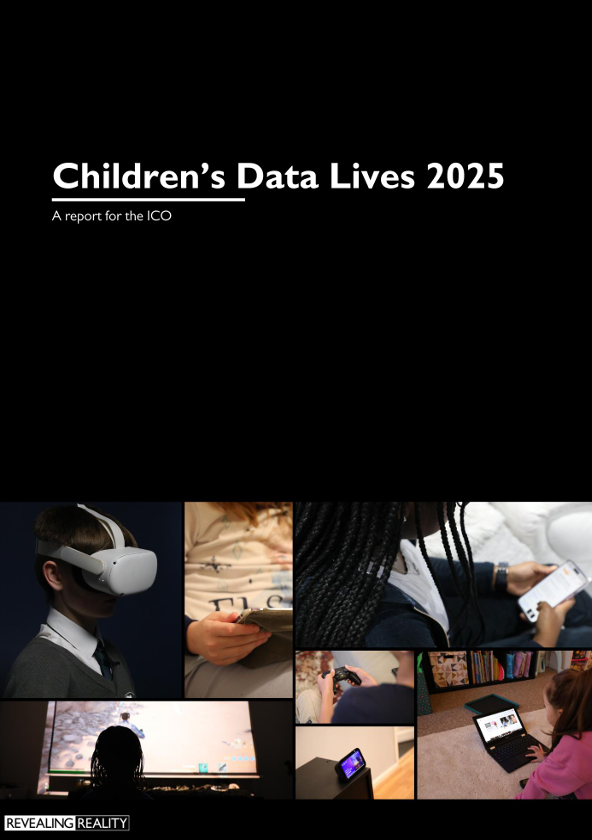Much is said about what children do and watch online.
We’ve had the privilege of spending years observing children’s online experiences – watching digital trends come and go – short-lived fads, smart devices becoming household staples, and the growing pull of commercialised content.
But what children see online doesn’t just happen. It’s shaped by their data – the profiles they create, the videos they watch, the posts they like or skip. The ICO’s Children’s Data Lives, now in its second year, tracks a cohort of children to uncover how their experiences are shaped by data-driven digital design and what this means for their evolving relationship with data.
In Year 1, we saw that children rarely think about data when joining platforms or clicking “accept” on cookie notices. Their choices are driven by what’s cool, what their friends are into, or what sparks their interest.
Data is the currency that unlocks their online world.
This year, as these children get older, their lives are changing – new devices, new friendships, or small steps toward independence, like walking to school alone. These shifts reshape what they want to use that currency for, but so does the design of digital platforms.
Algorithms use children’s behaviours to tailor feeds to maximise engagement, while platform features encourage users toward sharing more personal information. These systems prioritise engagement over understanding, influencing what children see and want but often leaving children unaware of how their data is used.
Yet, data holds untapped potential. It can reveal what children are seeing, flag harmful content, or shield them from inappropriate contacts. Data and platform design need to be properly understood as both the drivers of risks and a possible route to better protection.

